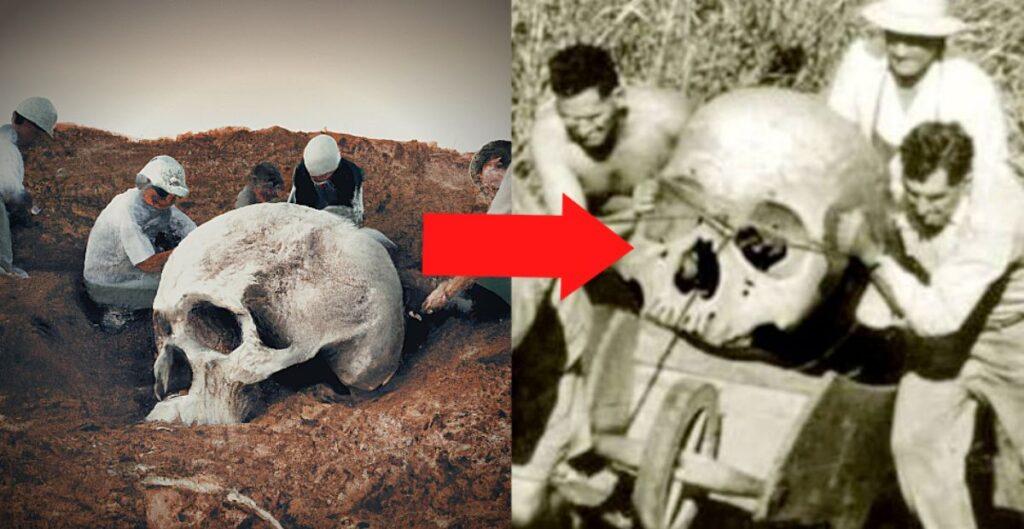
Darwin applied the theory of evolution to life on earth, but not to other mᴀssively complex systems like planets, stars, atoms and minerals. Now, an interdisciplinary group of researchers has identified a missing aspect of that theory that applies to essentially everything.
Their paper, “On the roles of function and selection in evolving systems,” published Oct. 16 in the Proceedings of the National Academy of Sciences, describes “a missing law of nature” that recognizes for the first time an important norm within the natural world’s workings. The new law states that complex natural systems evolve to states of greater patterning, diversity and complexity.
“This was a true collaboration between scientists and philosophers to address one of the most profound mysteries of the cosmos: why do complex systems, including life, evolve toward greater functional information over time?” said co-author Jonathan Lunine, the David C. Duncan Professor in the Physical Sciences and chair of astronomy in the College of Arts and Sciences.
The multi-disciplinary team included three philosophers of science, two astrobiologists, a data scientist, a mineralogist and a theoretical physicist, from the Carnegie Insтιтution for Science, the California Insтιтute of Technology and the University of Colorado, as well as Cornell. Carnegie scientist Michael L. Wong is first author; an astrobiologist, he and Lunine are working on a forthcoming second edition of Lunine’s textbook “Astrobiology: A Multidisciplinary Approach.”
The new work presents a modern addition to “macroscopic” laws of nature, which describe and explain phenomena experienced daily in the natural world. It postulates a “Law of Increasing Functional Information,” which states that a system will evolve “if many different configurations of the system undergo selection for one or more functions.”
This new law applies to systems that are formed from many different components, such as atoms, molecules or cells, that can be arranged and rearranged repeatedly, and are subject to natural processes that cause countless different arrangements to be formed — but in which only a small fraction of these configurations survive in a process called “selection for function.”
Regardless of whether the system is living or nonliving, when a novel configuration works well and function improves, evolution occurs, say the researchers.
In the case of biology, Darwin equated function primarily with survival — the ability to live long enough to produce fertile offspring. The new study expands that perspective, noting that at least three kinds of function occur in nature.
The most basic function is stability – stable arrangements of atoms or molecules are selected to continue. Also chosen to persist are dynamic systems with ongoing supplies of energy.
The third and most interesting function according to the researchers is “novelty” — the tendency of evolving systems to explore new configurations that sometimes lead to startling new behaviors or characteristics, like pH๏τosynthesis.
The same sort of evolution happens in the mineral kingdom. The earliest minerals represent particularly stable arrangements of atoms. Those primordial minerals provided foundations for the next generations of minerals, which participated in life’s origins. The evolution of life and minerals are intertwined, as life uses minerals for shells, teeth, and bones.
In the case of stars, the paper notes that just two major elements – hydrogen and helium – formed the first stars shortly after the big bang. Those earliest stars used hydrogen and helium to make about 20 heavier chemical elements. And the next generation of stars built on that diversity to produce almost 100 more elements.
The research has implications for the search for life in the cosmos, said Lunine, a member of the Carl Sagan Insтιтute. “If increasing functionality of evolving physical and chemical systems is driven by a natural law, we might expect life to be a common outcome of planetary evolution.”
The research was funded by the John Templeton Foundation. Lunine was supported as the inaugural McDonald Agape Visiting Scholar at the Dominican House of Studies in Washington, D.C. during the preparation of the paper.
bdf





